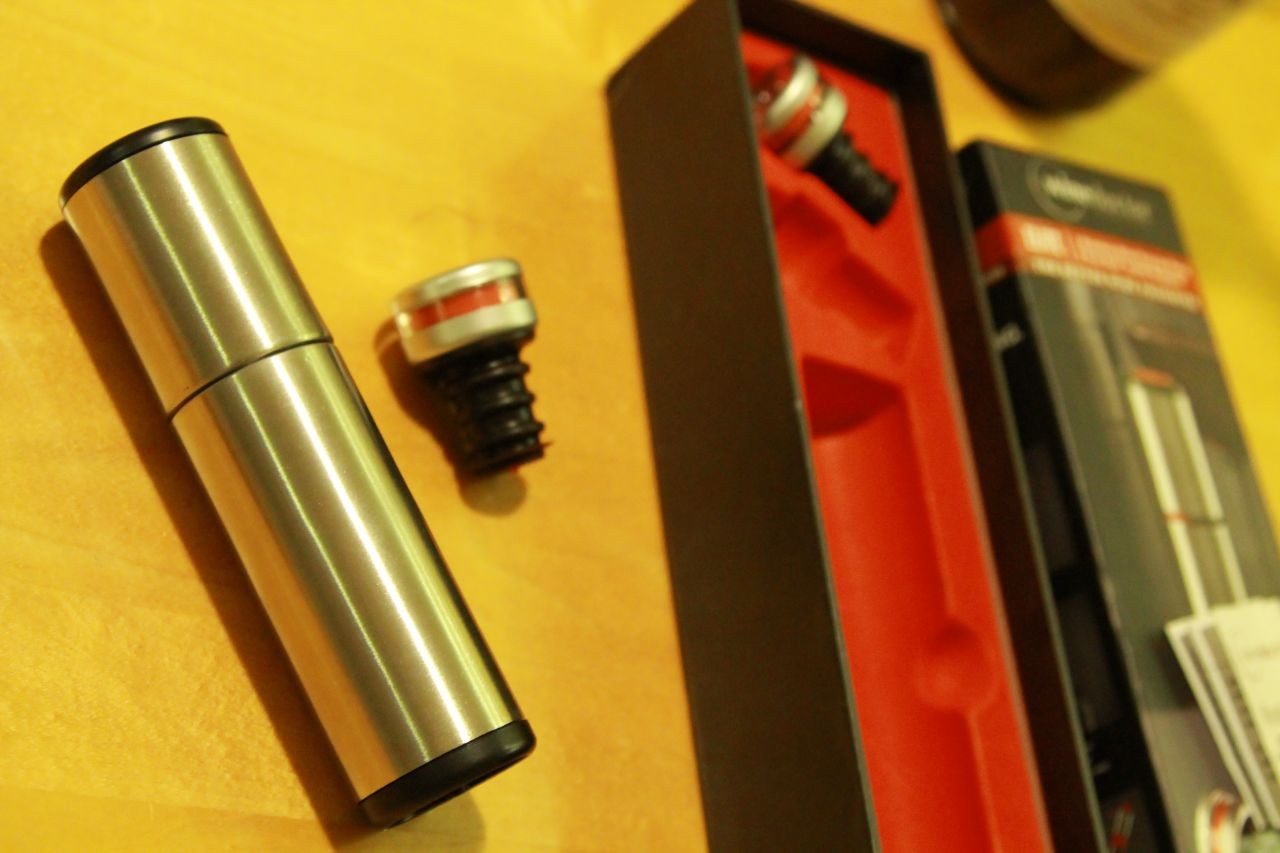Wine Cellars are an investment in the future, and they’re currently being used as an accessory.
A lot of people who start drinking wine and have the opportunity to design or remodel their houses decide to add a wine cellar. However, so few of those people will actually get any added value (aside from the higher realty value) out of the addition. How many wine cellar owners are getting real use out of their wine cellars, and what are the circumstances in which building one would be a good investment?
A wine cellar has to meet certain specifications to be effective at storing and properly aging your wine. It must be temperature controlled to be 65 degrees (F) or under (most wine professionals recommend keeping red wine between 50 and 65 degrees and white wine between 40 and 55 degrees). It must be dim or dark to prevent UV damage to the wine. It must have humidity control to prevent the corks from rotting or drying out. It must have racks that will keep the bottles sideways and the corks expanded and wet. And those racks must keep the wine bottles visible, organized, and in pristine condition—ripped or marked-up labels hurt the resale value of the wine, if the owner plans on cashing in on his investment.
In order to make the wine cellar worth the price of construction, the owner should have a few goals:
1. Buy wine that you plan on aging, and buy it in bulk. If you dedicate space in your house to a wine collection, it should be a wine collection that you don’t plan on removing the next day—you want to let the wine rest and age without disturbance, especially if you’re saving the bottles for a special occasion or resale. A wine cellar is not ideal for everyday-drinking wines. The setup and price of such a room is expensive and unnecessary if the bottles you own are going to go in and come right back out.
...